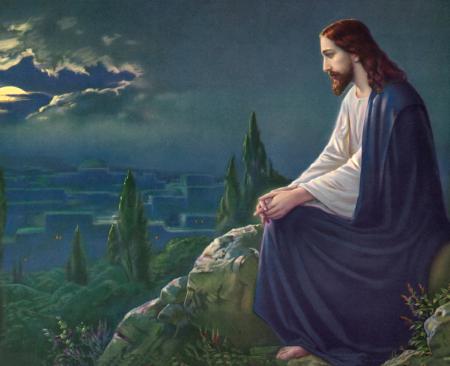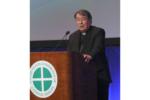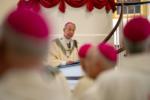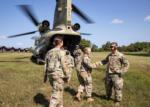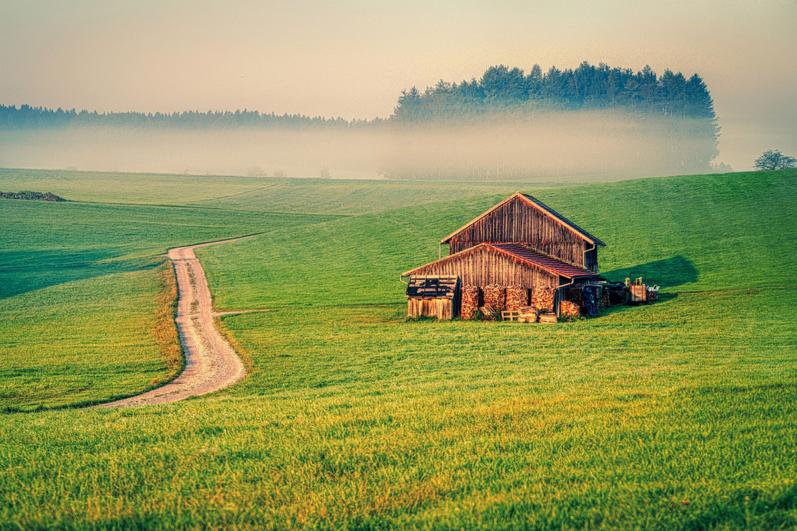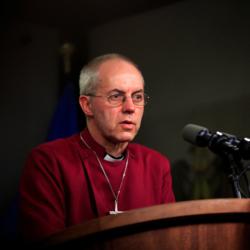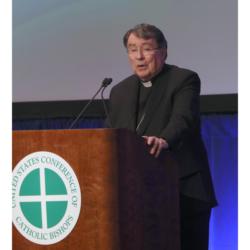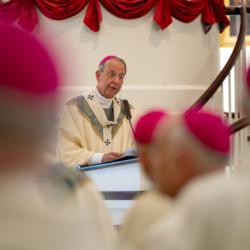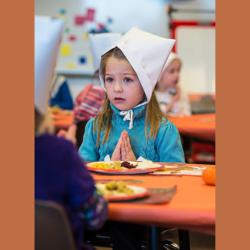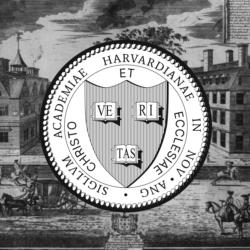Back to the land: Following the land's liturgy
We shook on it. After too many moves, my wife and I committed to move once more into a small cabin on the land. After years of false starts, it finally happened, as I wrote back in January. More than any of the practical things we hope to do, it was a move for our family, seeking to root ourselves in a rhythm of daily prayer and work. We were seeking a liturgy of life rooted in the land's own ordering to God.
With the rise of remote work and growing frustration within American cities, the back-to-the-land movement is in full swing. Often, people arrive in the country with lofty or overly idealized expectations and are not ready for the hardships, skills, and financial commitments involved in homesteading. My friend and neighbor, Jason Craig, recently offered a book with Thomas van Horn on discerning whether and how to begin homesteading: "The Liturgy of the Land: Cultivating a Catholic Homestead" (TAN Books, 2024).
The term "liturgy of the land" might sound unusual at first, but it recognizes that the entire cosmos has been created for the glory of God as his temple. Craig and Van Horn open the book by grounding their approach in the way faith should guide and direct all things:
"If it is the family that makes a piece of land a homestead, it is true Faith that makes the homestead Catholic. Our Faith is not merely a sort of religious branding that surrounds the practical work of the land; rather, it guides and sanctifies our work. We don't just pray our work goes well, but the work itself becomes actual prayer. Our Faith is the very life of our homesteads, and the liturgy we work on our land is nurtured by and united with the liturgy of the altar. The teachings of our Faith shape how we approach and cultivate our land and homes. We often hear that you can't separate work and 'real life' from Sunday Mass and your life of faith. The same is even more true when the liturgical seasons and the seasons of nature are more closely united" (4).
The authors show that the family's common efforts on the homestead bolster their work and faith by letting nature teach us how to live while pointing us to the Creator.
The book is not simply a "how to" guide about homesteading. Rather, it serves as an apologetic for the blessings homesteading offers, though in a sober manner that recognizes the many challenges that arise along the way. The authors do not argue that everyone should homestead. Rather, they offer help in discerning if it is the right step for a family and guidance on what is needed to begin.
"Understanding and examining our motivation for homesteading, therefore, is a helpful step in considering it as a way of life. This book's contribution to that consideration is not in the technical aspects of growing and harvesting, though we will touch on that regarding broad decision-making. . . . What we want to do is point out that this life of integration -- of work, land, family, leisure, and home -- should be approached with a truly Catholic lens. . . . To do that, we must understand that the work of the homesteader, the liturgy of the land, requires a recalibration of both thought and action. The Catholic homestead is simply built on different foundations than those of today's secular world, and we must understand those foundations, aided by faith, for the house to be built to last" (25).
Craig and Van Horn offer practical wisdom learned from their own mistakes and successes, along with the examples and mentorship of others.
The book's chapters continue to unfold the change in thinking and living that comes from a move out of the city, which constitutes an enormous lifestyle shift. Homesteading requires everyone's attention and effort, meaning family members cannot keep going in different directions, with jobs outside the home, school, countless activities and constant entertainment and distractions. More than anything else, this led my family to the land, seeking to invest our time in common activities rooted in our homestead. Craig and Van Horn speak of the move as "an essentially practical reorientation of the home as an econom[ic] unit. . . . We are reconceiving not just how we think of a home but what a home is for" (153).
Because all Catholics need to reimagine the home today, mired as we are in the struggles of busyness and distractions, I would recommend The Liturgy of the Land even for those not considering joining the back-to-the-land movement. The book offers a beautiful experience of the land's liturgy with its lavish photographs. As the authors recognize, most people will remain rooted in the city and suburbia. Still, even there, we can learn the land's liturgy, make changes to our family life and begin to live a richer and more integrated Catholic life in the home.
